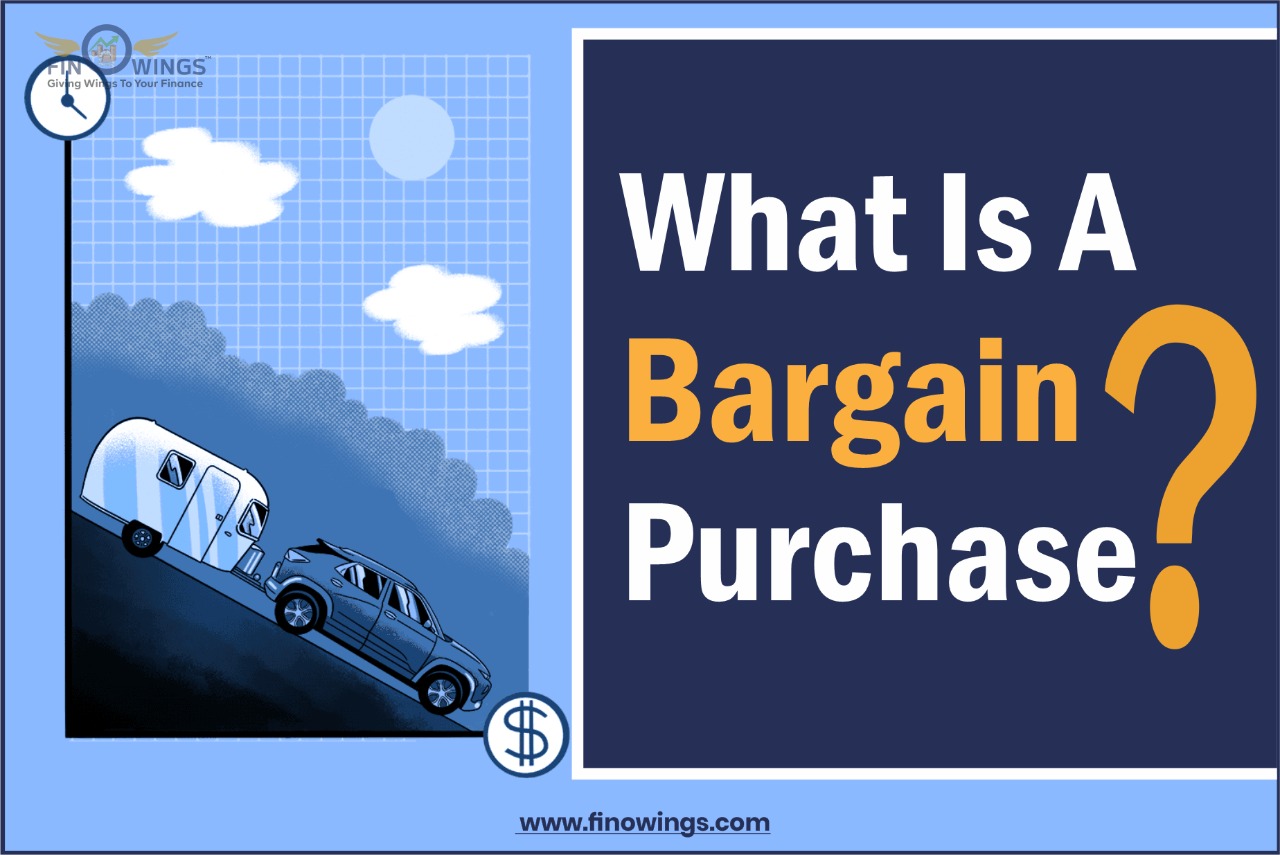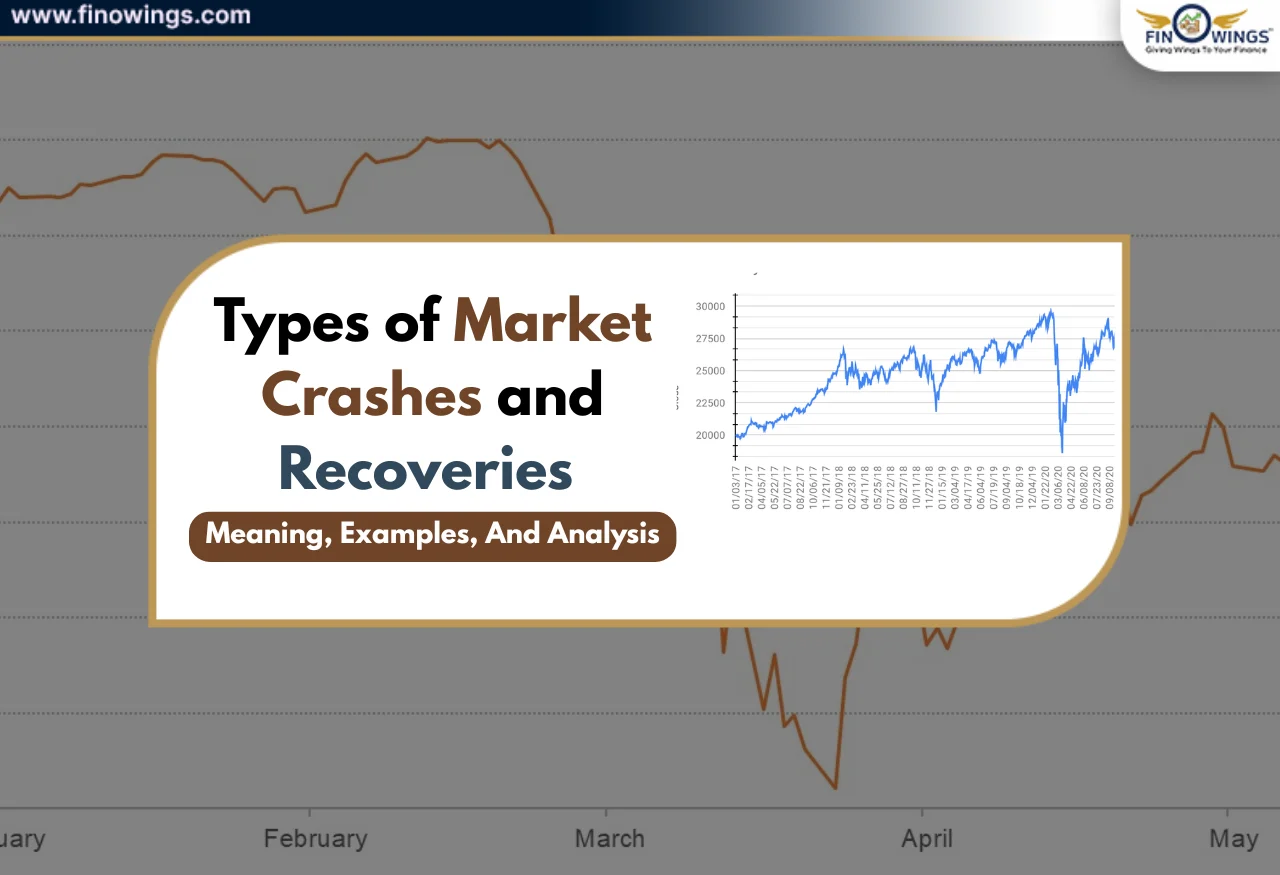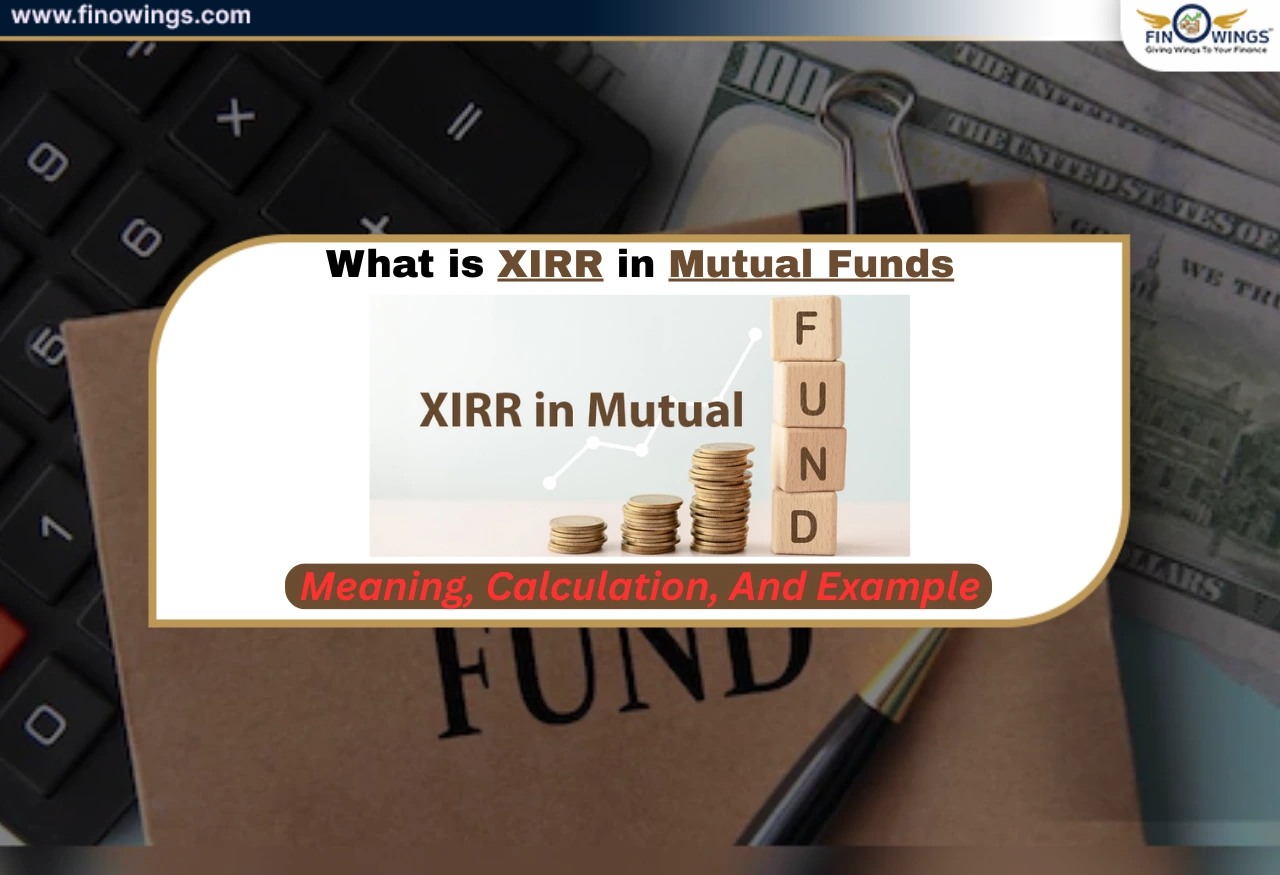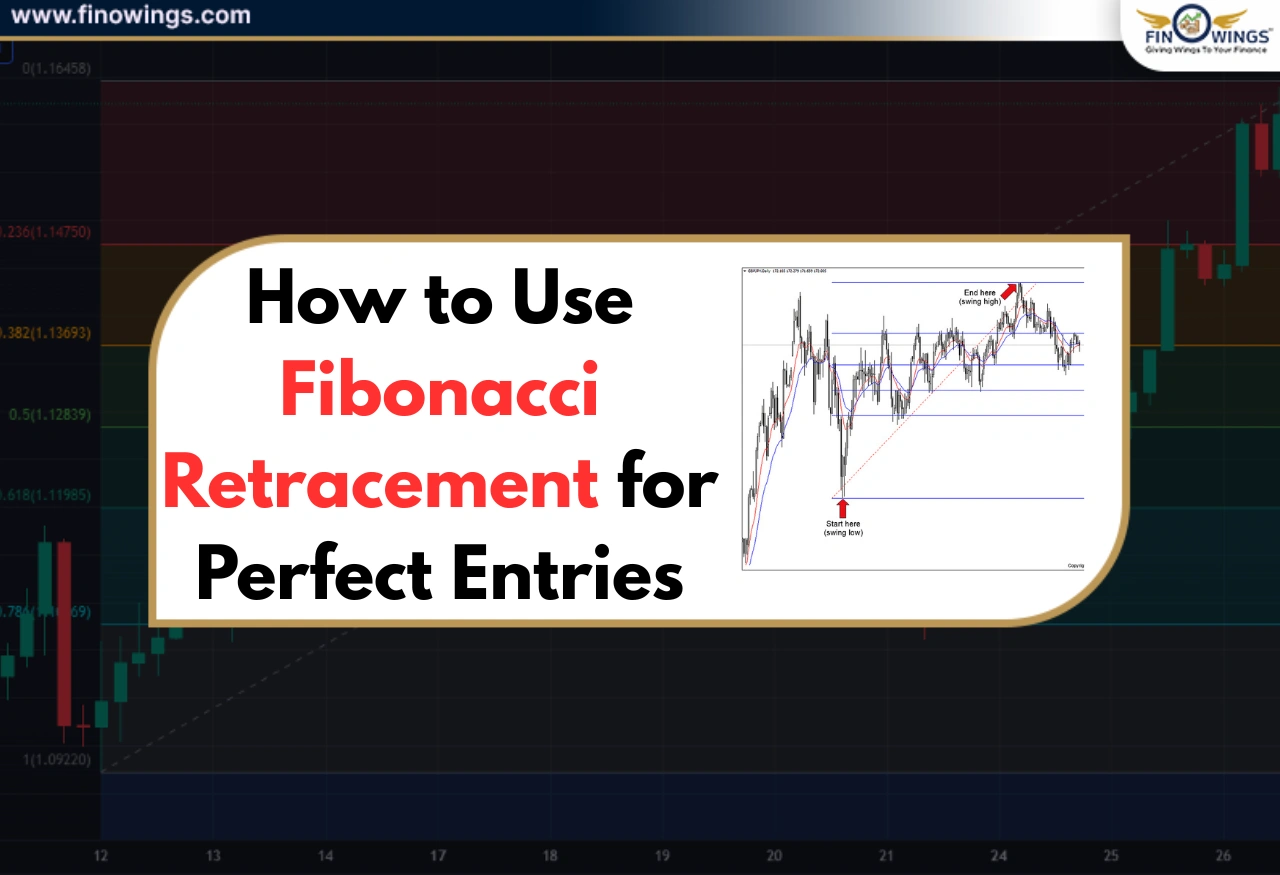Home >> Blog >> What is a Bargain Purchase?
What is a Bargain Purchase?

Table of Contents
- Bargain Purchase:
- What does Bargain Purchase indicate?
- Understanding Bargain Purchase:
- Bargain Purchase Example:
- Why does bargain purchase happen?
- What are the important Indications of Bargain purchase?
- Bargain Purchase or Negative Goodwill (NGW) Vs. Goodwill (GW):
- Advantages of Bargain Purchase:
- Conclusion:
Bargain Purchase:
Bargain purchase, also Known as Negative Goodwill (NGW), is a term that refers to the difference between the purchase price paid for an asset and its actual fair market value. It occurs when one company buys or acquires another company or its assets for substantially less than its fair market values. The fair market value (FMV) refers to the current price that an interested buyer is willing to pay to buy a certain asset in the open market. Bargain purchases often happen when a liquidity crunch is taking place in a company.
Accounting for a Bargain purchase or Negative Goodwill is formally acknowledged by Indian Accounting Standards (Indian GAAP generally accepted accounting principles). As per Indian GAAP negative goodwill or Bargain purchase is credited to the capital reserve account, which is a component of stockholders' equity. According to IFRS and US GAAP, bargain purchase must be recognized and accounted for in the financial statement of the acquiring company in the income statement; bargain purchase is recognized in the income statement of the company as 'gain on acquisition' that has acquired the company. It will be reported under Non-cash sources of income.
Tracking bargain purchase is especially important because it gives investors a more complete picture of a company's value. Acquisitions involving a bargain purchase increase a company's assets, net income, and shareholder equity. This can sometimes significantly reduce some important accounting ratios such as return on assets (ROA) and return on equity (ROE) resulting in lower returns.
What does Bargain Purchase indicate?
Bargain purchase generally indicates the situation typically arises when the selling company is financially distressed, bankrupt or running out of Cash, has high Debt and other obligations, and faces no other option but to sell or liquidate quickly. Many bargain purchases occurred during the 2008 global market crash when many companies were forced to sell below fair market value and traded at steep discounts due to a liquidity crunch.
Understanding Bargain Purchase:
In accounting, the concepts of goodwill and negative goodwill or bargain purchase have been coined to address the challenge involved in measuring the value of intangible assets such as a company's reputation, consumer base, patents and licences. These intangible assets of a company are different from tangible assets. Tangible assets come in physical form and have limited monetary value. Examples of tangible assets include plant, machinery and property etc. Whereas an intangible asset is a non-monetary asset that does not have any physical form, such as a firm's reputation, patents, trademark etc. In most acquisition cases, when a company acquires another company or its assets, the transaction involves goodwill, where the amount paid by the buyer exceeds the value of the tangible assets of the selling party. However, in rare cases, negative goodwill occurs, where the value of the non-monetary/intangible asset must be recorded as profit on the financial statement of the buyer.
Bargain Purchase Example:
For example, suppose the company JKL has suffered financial losses in the recent past or is in debt and is not able to repay its debt. Company ABC buys the assets of company JKL for ₹70 lakh. The assets are worth ₹90 lakhs, but Company ABC gets the deal as Company JKL is in need of cash immediately and Company ABC is the only buyer willing to pay cash for the assets. The difference between the purchase price and the fair market value is ₹ 20 lakhs. Company ABC records this as a bargain purchase or negative goodwill on its income statement.
Why does bargain purchase happen?
Bargain purchases are typically caused by one of the following reasons:
Forced or financially distressed sale of the company; the selling party or companies that are in poor financial condition and have no option but to sell the company at a discount in the form of negative goodwill because the intangible assets are likely to be worth less for a distressed firm.
Wrong Valuation of Intangible Assets; Incorrect valuation of intangible assets can result in low market value and negative goodwill.
What are the important Indications of Bargain purchase?
There are several indications that the transaction may be a bargain buy. Some of the indicative signs of bargain buying include:
-
Companies that are financially distressed or insolvent and under pressure to sell and willing to sell the company at a discount.
-
The current fair market value of the acquired assets is greater than the purchase price paid for the acquisition.
-
A single bidder or a company has taken advantage of the situation and the absence of competition.
-
The deal was impatiently finalised in no time.
-
The seller was compelled to sell the company against his will or in hopeless condition for less than fair market value.
-
That acquirer has more knowledge of the acquired business.
Bargain Purchase or Negative Goodwill (NGW) Vs. Goodwill (GW):
Negative goodwill or bargain purchase is the inverse of the more general accounting concept "goodwill," where a company or acquirer has paid more than the fair market value of the acquirer's or another company's assets. The presence of goodwill means that the asset's intangible value is high, and the company is under relatively little pressure to sell - a position favouring the seller. On the other hand, bargain purchase is an accounting principle that occurs when the price paid for an asset is less than its true market value and is generally favourable to the acquiring company or buyer. In other words, it can be considered a discount to the buyer.
Advantages of Bargain Purchase:
Some of the advantages of bargain purchases are;
-
Negative goodwill is usually beneficial to the buyer as it allows them to purchase the net assets of a business at a price below the market rate.
-
Keeping an eye on negative goodwill or bargain purchase is important for investors because it gives a more holistic view of a company's value.
-
Bargain purchases help in cost savings and represent a discount in acquiring a distressed company while the company's purchase will also create synergies for the acquiring company.
Conclusion:
Bargain purchases can take place in any industry. It indicates that the company's intangible assets had little or no value or were sold under coercion without the company receiving the benefit of its intangible assets. The main implication of a bargain purchase is the profit to the buyer if it is a purchase below the fair value of the acquired asset. In a position of bargain purchase in a business combination, it becomes more important than ever that an acquiring company should exercise extreme caution when evaluating the assets and liabilities of distressed companies to support their purchase price valuation.
Author
Frequently Asked Questions
Bargain purchase is determined by subtracting the purchase price paid for a company's net identifiable assets and its actual fair market value. Fair market value (FMV) refers to the current price for an asset in the open market.
Negative goodwill or bargain purchase occurs when the purchase price paid for an asset is below its fair market value. On the other hand, goodwill is valued when the purchase price exceeds its fair market value i.e. goodwill amount is the premium paid by the buyer for identifiable intangible assets and liabilities received in the purchase.
Yes, the bargain purchase amount, also known as the "negative goodwill (NGW)" amount, is the difference between the acquisition price paid for a company asset and its fair market value.
In such dealings, the acquirer determines the goodwill or bargain purchase price (negative goodwill) as the difference between the sums of the consideration transferred and the identifiable company's assets acquired and the liabilities assumed.
















